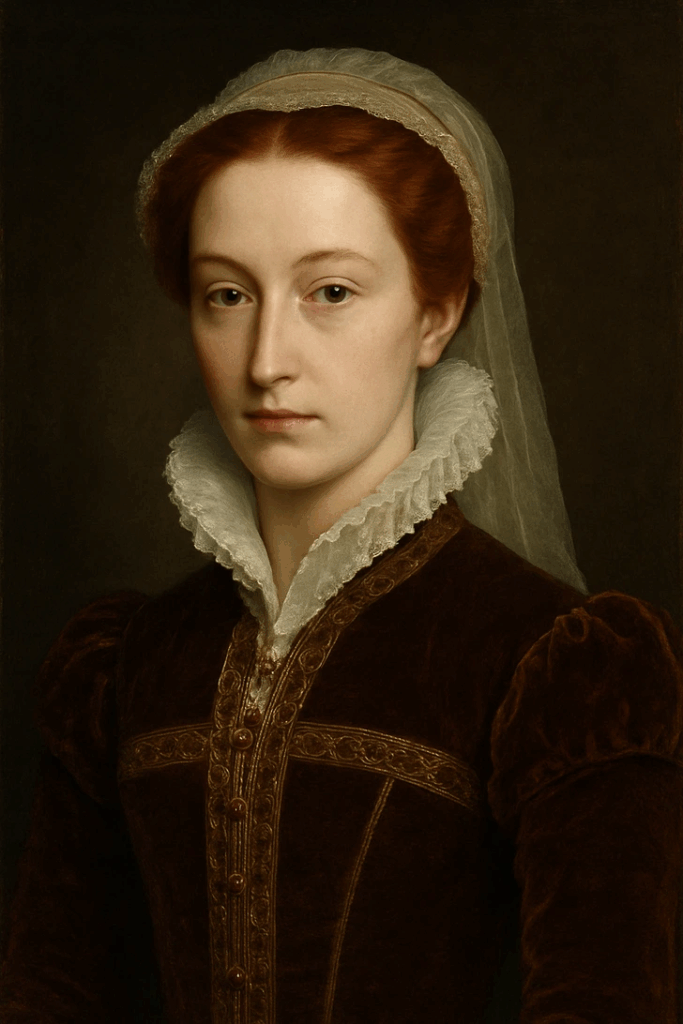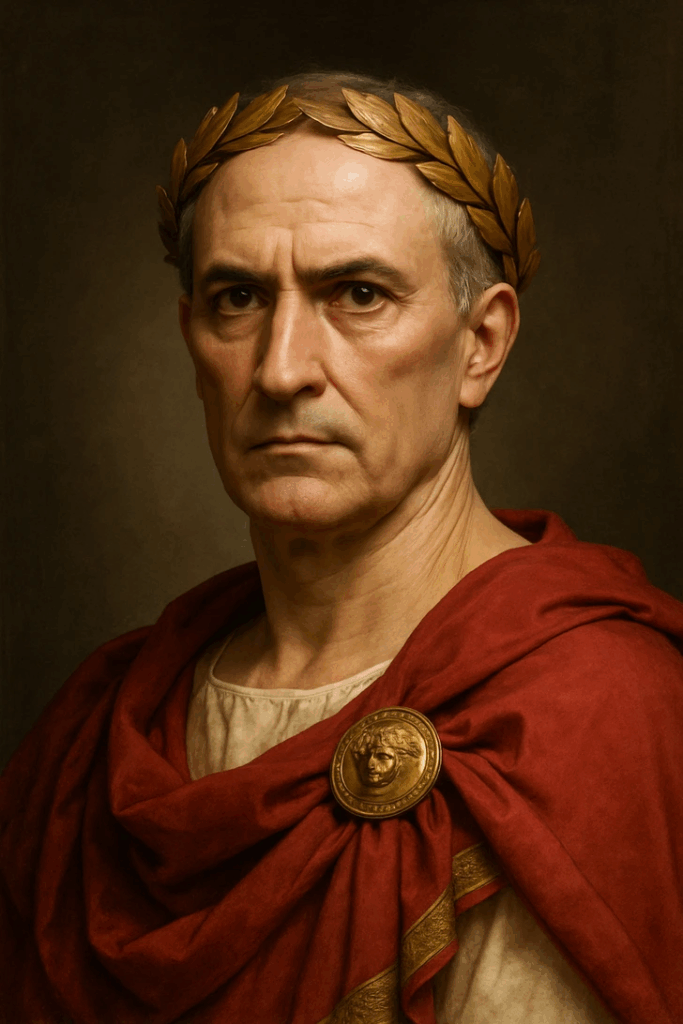What 17 Historical Figures Who We Know Only by Paintings or Movies Looked Like
When we think of historical figures, our minds often jump to highly polished portraits hanging in grand museums or the dramatic representations we see in films—complete with flawless makeup, theatrical lighting, and costumes that sometimes value aesthetics over historical accuracy. These portrayals, while visually striking, often idealize or stylize the real people they depict.
But history, as always, is far more fascinating—and complex—than fiction. Beneath the layers of paint and performance lies a more authentic reality: what these people actually looked like in their time, free from artistic or cinematic embellishment.
In an effort to uncover these more accurate depictions, artificial intelligence has been used to generate images based on detailed historical records and written descriptions from contemporaries. These reconstructions aim to present a more truthful representation of iconic historical figures—offering us a fresh, and often surprising, perspective on the faces behind the stories.
Here are some AI-generated reconstructions of famous individuals from history, each created using the best available descriptions from historians and primary sources:

Margaret of Valois – This is how Queen Margot may have truly looked, according to AI interpretations of historical descriptions. Joan of Arc – The Maid of Orleans, reconstructed with artificial intelligence based on contemporary accounts of her appearance. Jeanne Antoinette Poisson, Marquise de Pompadour – AI portrays the famous mistress of Louis XV as she was described by those who knew her.

Anne Boleyn – The ill-fated queen who inspired “Greensleeves” is visualized here through a historically informed lens. William Shakespeare – The Bard of Avon, reimagined based on both physical descriptions and the insights of historians. Vincent van Gogh – While we have self-portraits by the artist himself, this AI-generated version offers a more neutral, outside perspective.

Mary Shelley – The famed author of Frankenstein, reconstructed from the words of those who knew her during her youth. Jane Austen – Here is how AI envisions the beloved author of Pride and Prejudice, based on eyewitness accounts. Elizabeth Tudor – A youthful Queen Elizabeth I, recreated using descriptions from her early years before the iconic regal imagery took over.

Mary, Queen of Scots – AI presents a historically grounded image of the Scottish queen, shaped by contemporary observations. Cardinal Richelieu (Armand Jean du Plessis) – The powerful and enigmatic statesman as he might have appeared, based on historical evidence. Gaius Julius Caesar – The Roman general and politician’s appearance, reconstructed through AI according to ancient sources. Wu Zetian – China’s only female emperor, visualized in a way that aligns with historical records of her appearance.

These AI-generated portraits remind us that historical figures were real people—flawed, complex, and shaped by the times they lived in. Stripped of artistic glamor, they become more human and relatable, giving us a deeper connection to the past.






